Science teachers Jame Holt and Michelle Koehler have decided to do something a little different for the 2012-2013 school year – flipped classrooms. The flipped classroom, a fast-growing trend in education, involves changing the traditional order of classroom instruction. Instead of lecturing in class, teachers video tape themselves lecturing and students view the lecture as homework. Class time is now used for assignments, projects, labs, and discussion.
“It’s a flip in responsibilities and ways that class time is used,” said Holt.
By using the flipped classroom philosophy, students should benefit academically by more “one on one” time with their teacher. This method of teaching is also intended to help with larger class sizes, an obstacle all of RB is confronting this year.
“I chose to flip my classes because I felt as though I needed more class time to effectively prepare students for the APES (AP Environmental Science) exam. There are so many concepts and topics and to be able to hit them in depth requires more class time. Next year I will expand my flipped classroom to all of my classes. This year I am only flipping my APES classes,” said Holt.
Koehler and Holt developed this project over the course of the 2011-2012 school year. Preparation involved hours of research and getting their plans passed to be part of the AP curriculum. Koehler, who is flipping her AP Biology classes, hopes to flip all of her classes next year, including her freshman classes.
Getting the classroom ready to be flipped involved several challenges.
“Technology can be a hurdle to get over,” said Holt.
Science Department Chair Brennan Denny said, “The idea of the flipped classroom is to open up awys to explore activities and understand the course concept in a deeper aspect.”
With this new method of teaching, students are given the opportunity to manage some of their learning experience on their own. In return, they are given more time in class to do activities than there traditionally had been time for before.
Student Alma Rodriguez said, “You get to learn at your own pace, making it easier to remember the notes.”
Denny saw another benefit as well. “It is a way for students to connect with technology,” he said.
Students Kelly Glavin and Elise Castelez both said that they find they are learning the same amount but in a different way. Students Jackie Sandoval and Ashley Howe found it to be more work.
“The change is half-and-half, good and bad,” said Howe, expressing how it might take some students time to adapt to the change.

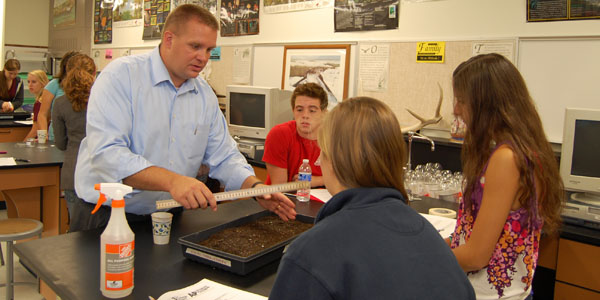
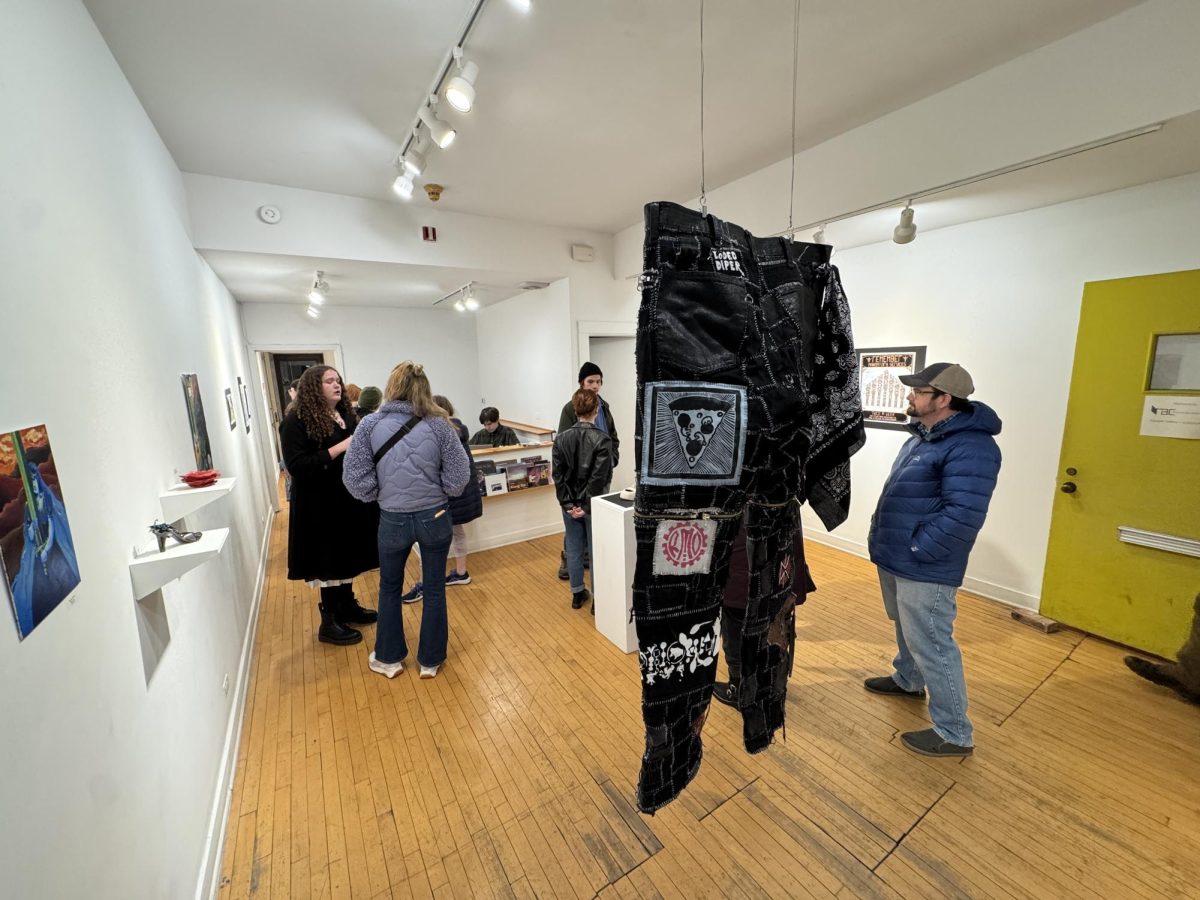
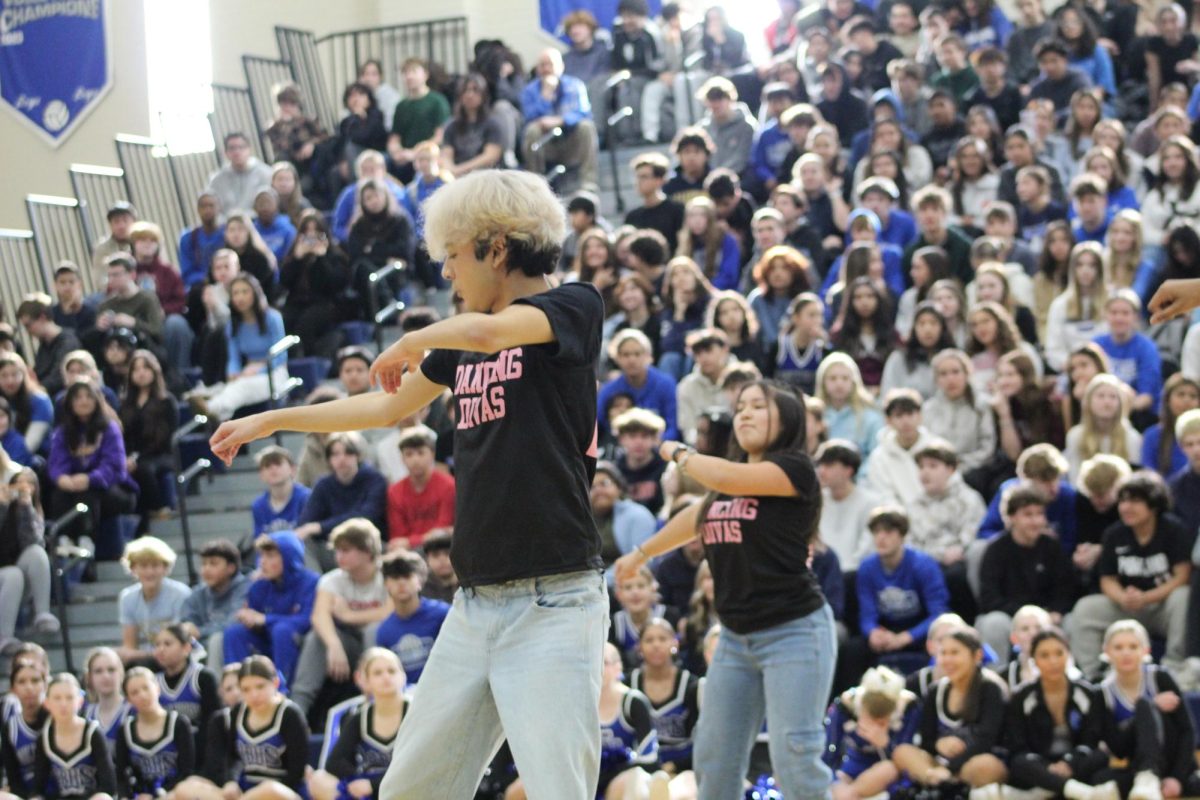
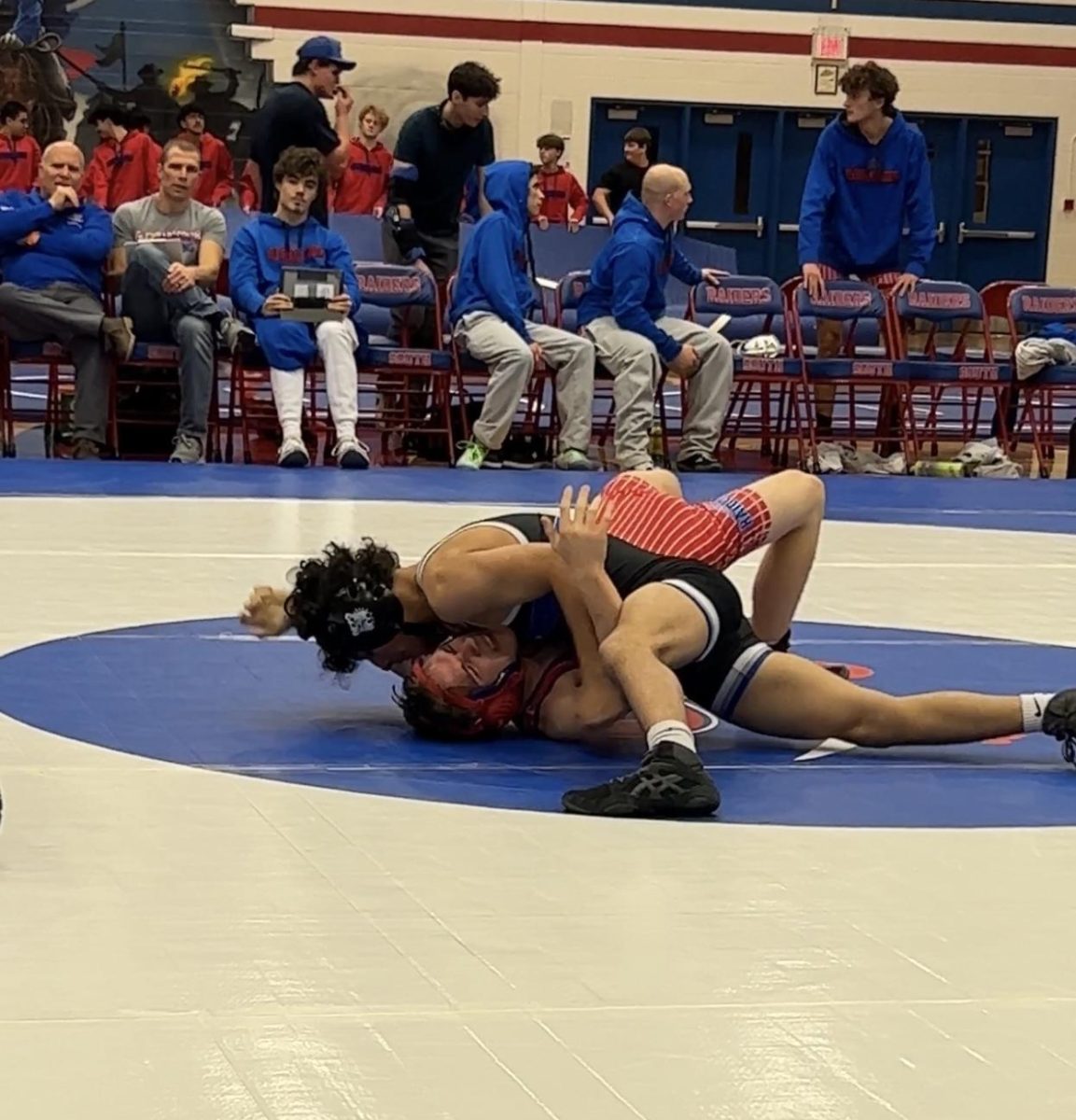
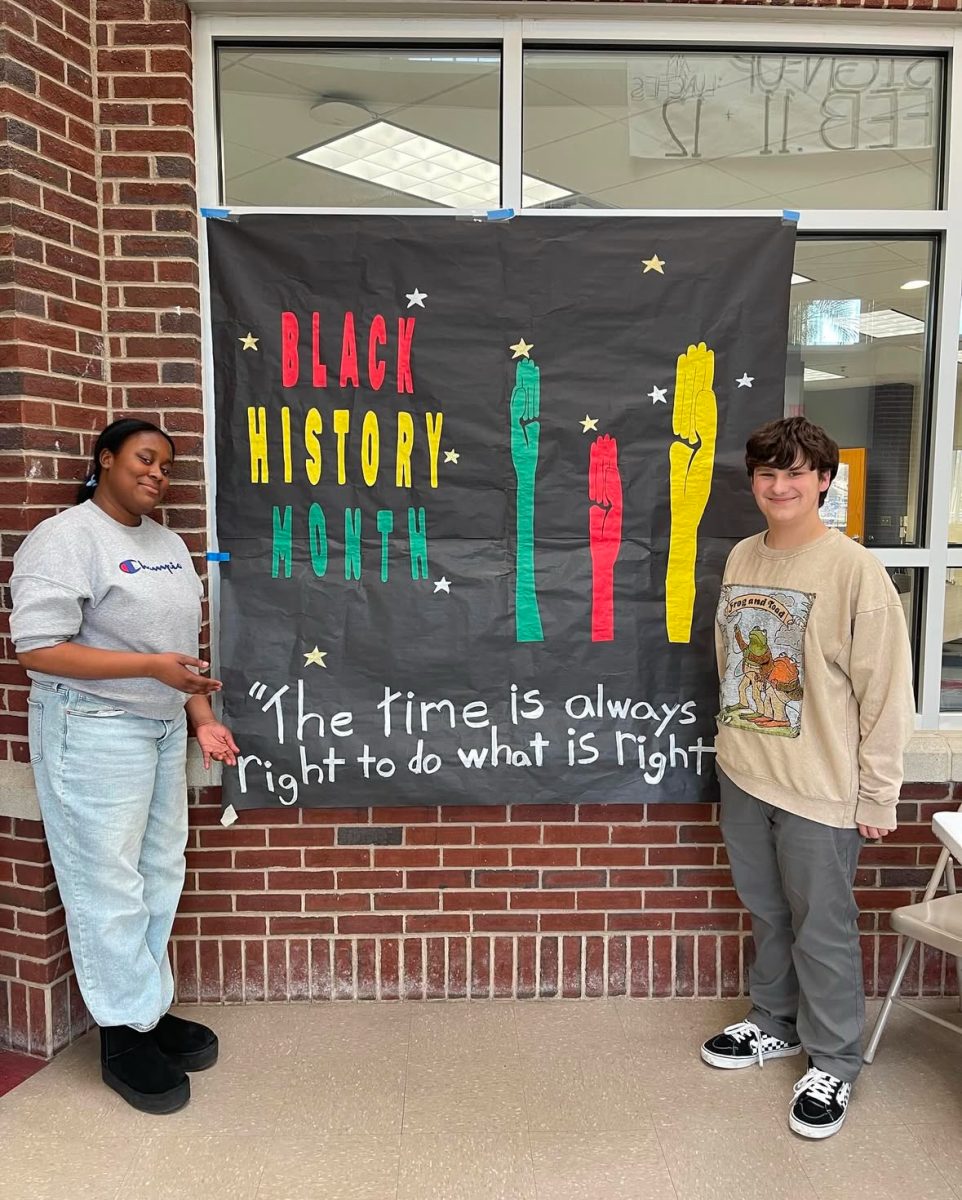

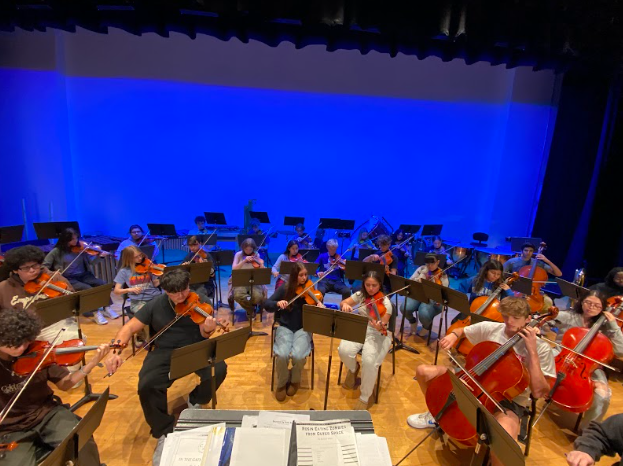
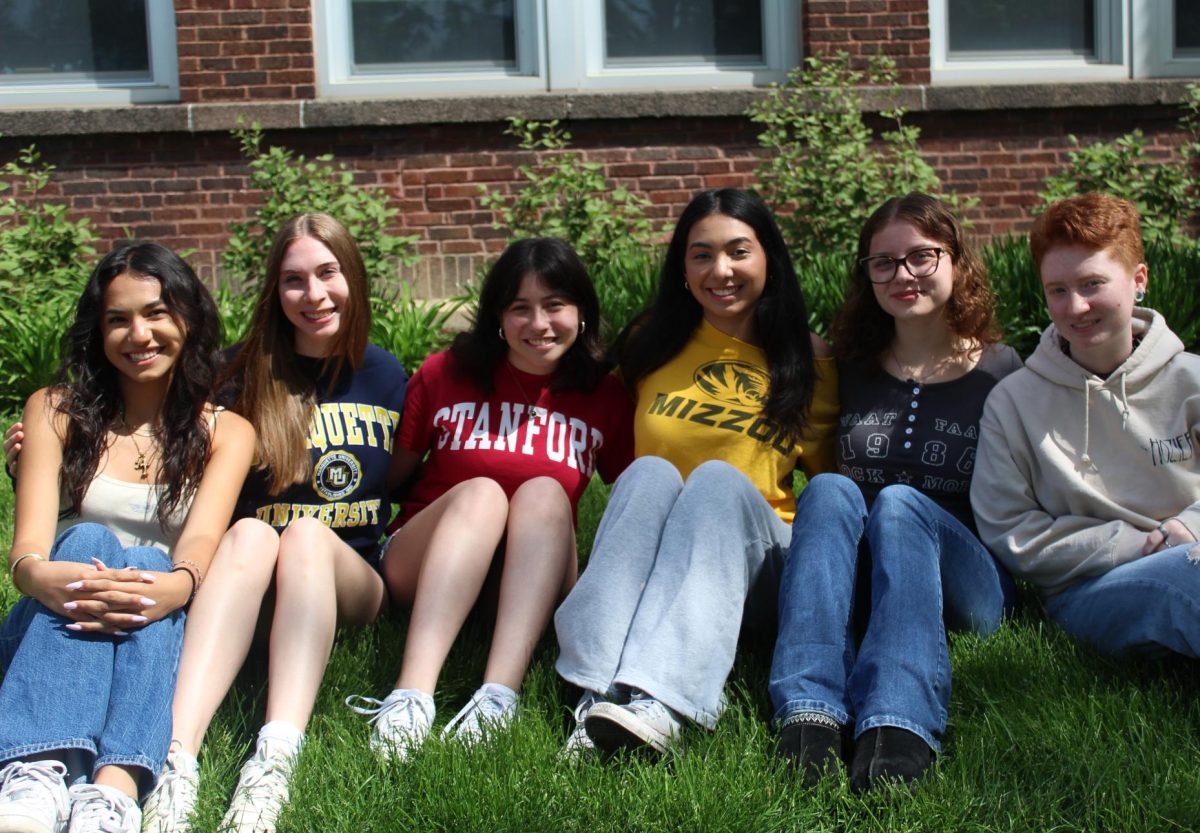
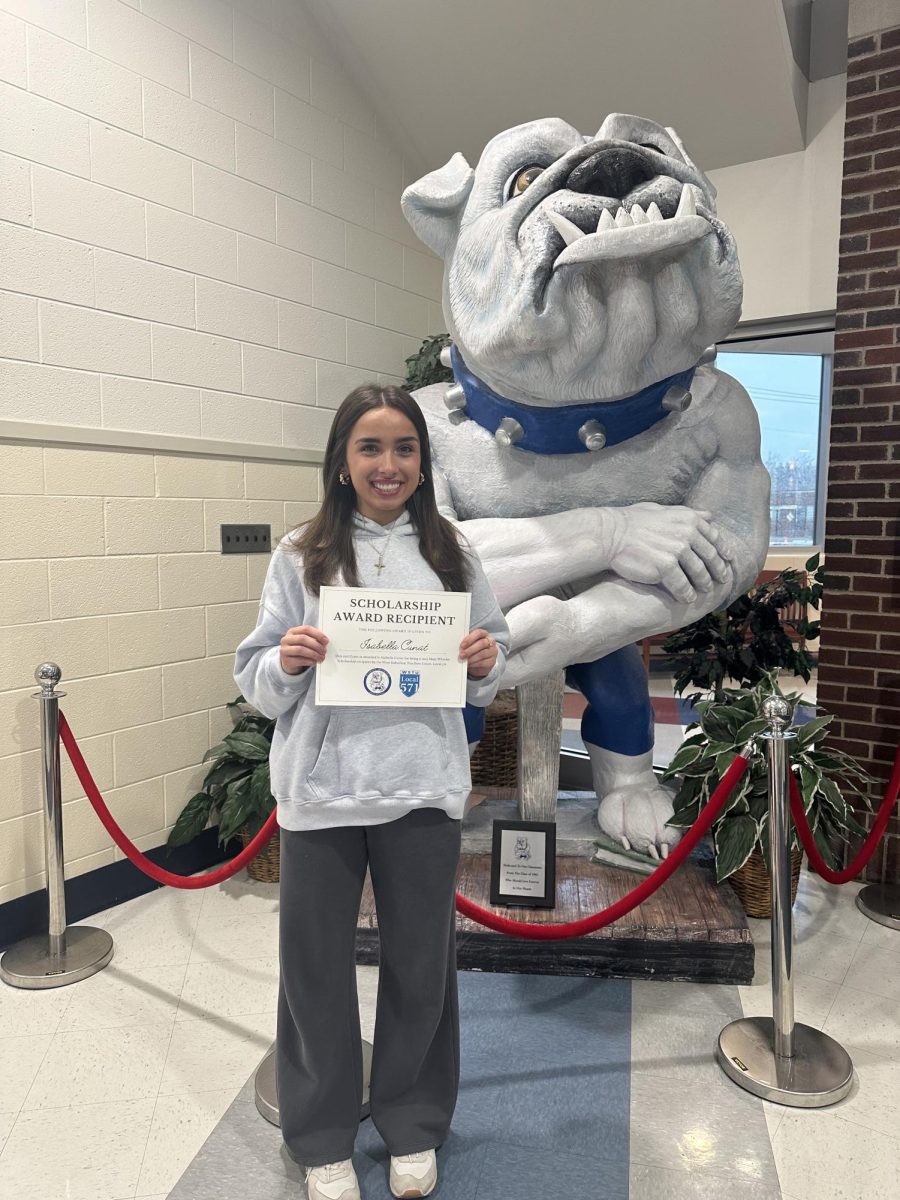
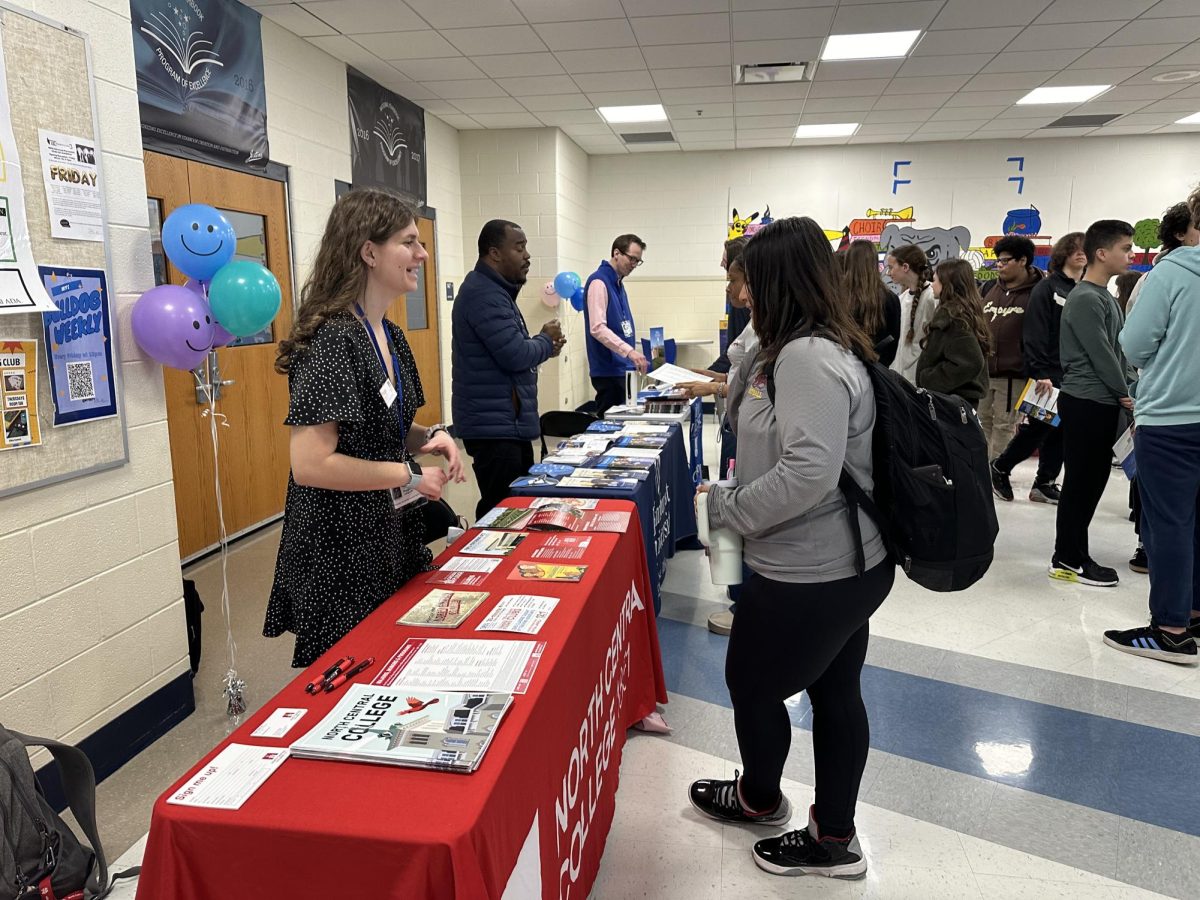
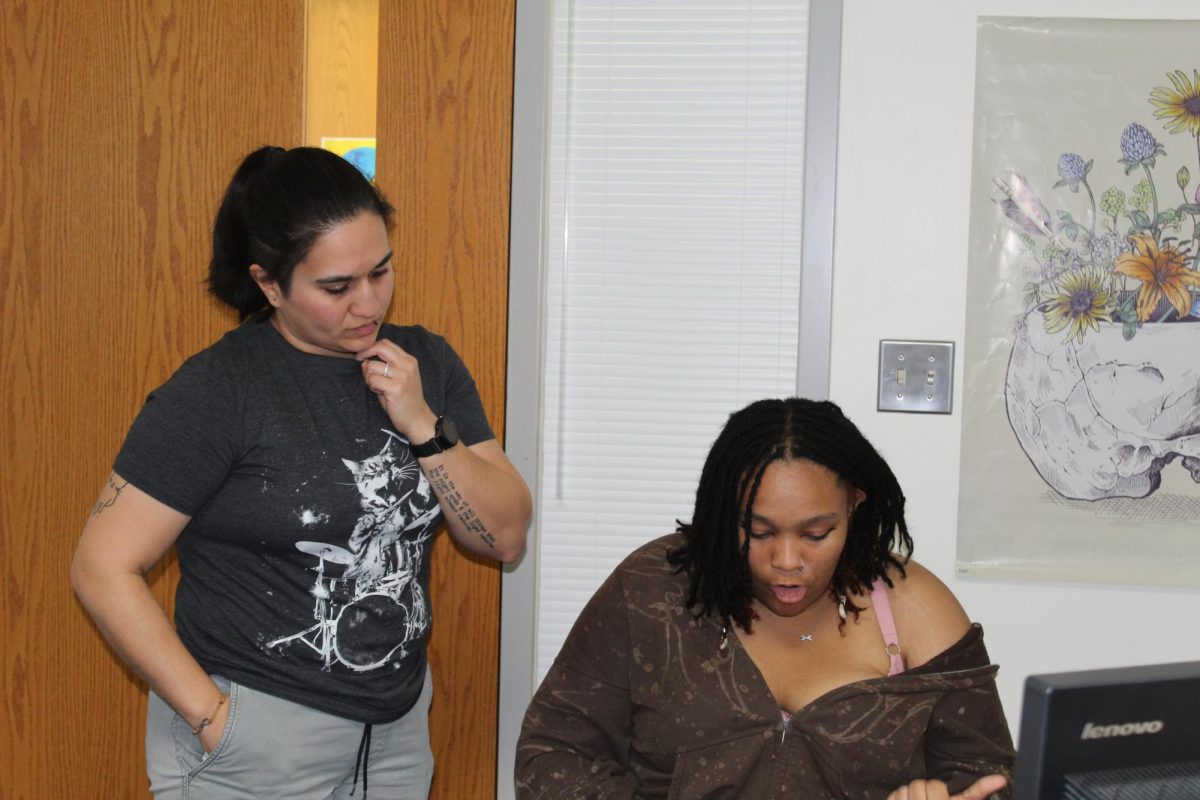

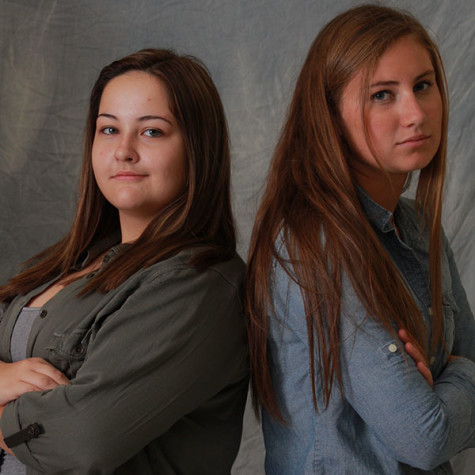
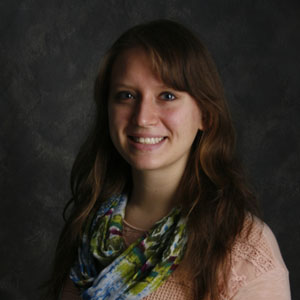
Alleigh Vandemerkt • Sep 18, 2012 at 9:08 pm
Great article McKenna! Showing up your sister already!